Introduction
Contemporary art is a style where creativity has no bounds, and one may find that this style of art may challenge traditional norms and perceptions. This style of art is continuously changing with the times and is produced by artists living today. What one would call contemporary art today would not be considered contemporary 100 years from now. Contemporary art can often be found in interior design as it gives a more modern yet cozy flair to a space. Using various color pallets, the pieces can introduce a certain mood into a space and can influence the atmosphere by making it more energetic or calm.
History
Contemporary art was born in the late 20th century, and it is known as the “Art of the present day”. This can make it difficult to analyze because we are a part of the picture and we do not have the microscope of time to help analyze contemporary art pieces. [1] The beginnings of contemporary art started with pop art which eventually evolved into Hyperrealism over a decade and many subcategories thereafter such as feminist art, Graffiti art, and more.
Prominent Contemporary artists of the 1960s and 1970s and the beginning stages of contemporary art include Andy Warhol who is a leading figure in the Pop Art movement and is best known for his works including “Campbell’s Soup Cans” and “Marilyn Diptych.” His art explored the relationship between expression, advertisement and culture.
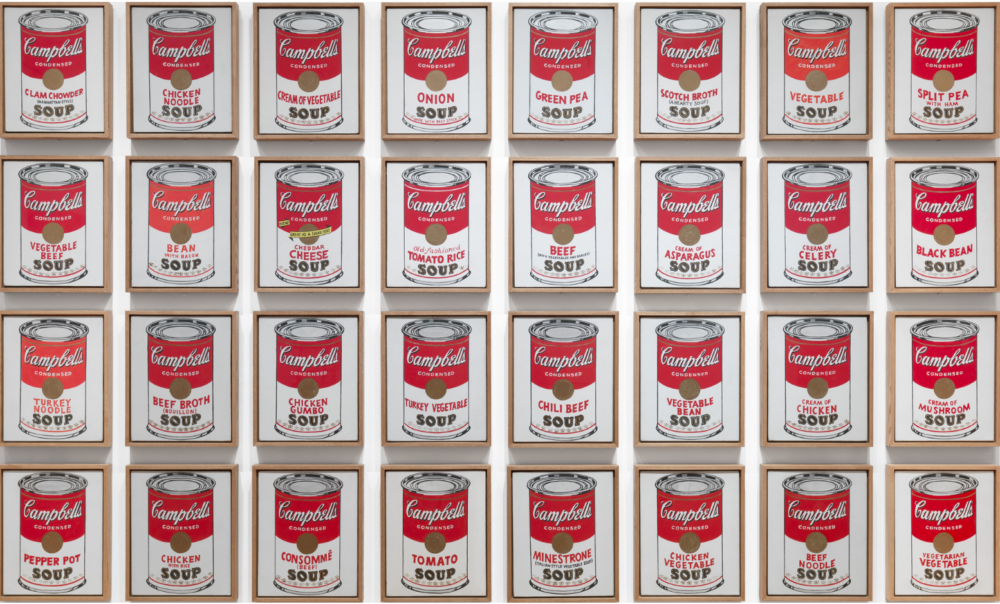
“Campbell’s Soup Cans” by Andy Warhol [2]
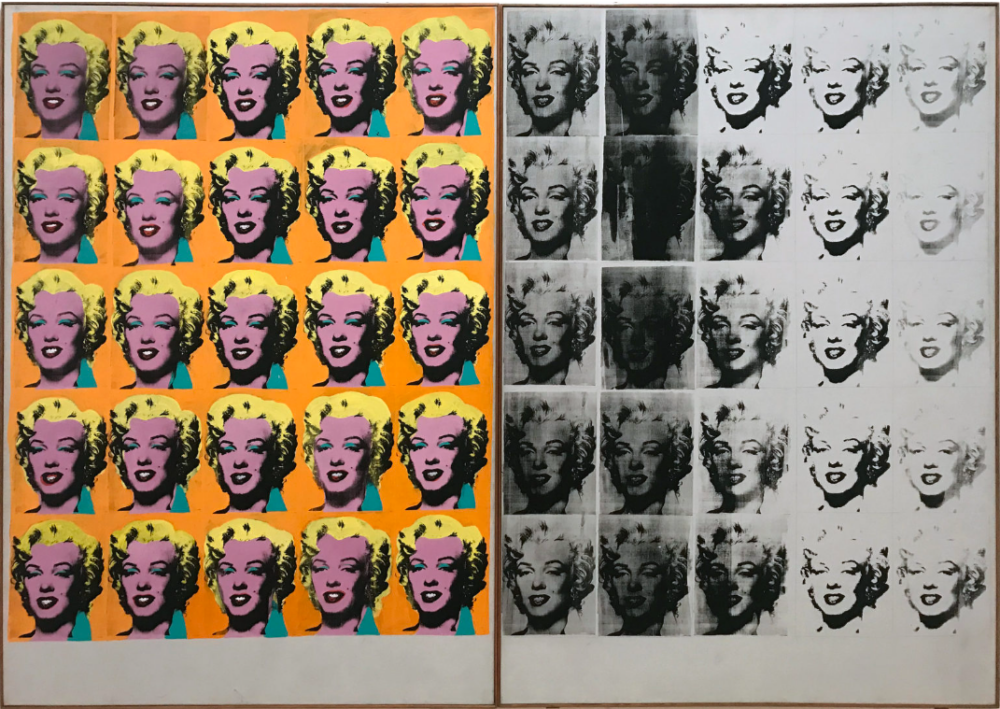
“Marilyn Diptych” by Andy Warhol [3]
There several renowned contemporary artists in recent time including Jeff Koons who is known for his sculptures such as “Balloon Dog”, and Yayoi Kusama who is a Japanese artist known for her “Infinity Mirror Rooms”. Jeff Koons’s sculpture of “Balloon Dog” comes in various versions each having a different color like blue, yellow, magenta, orange, and red.
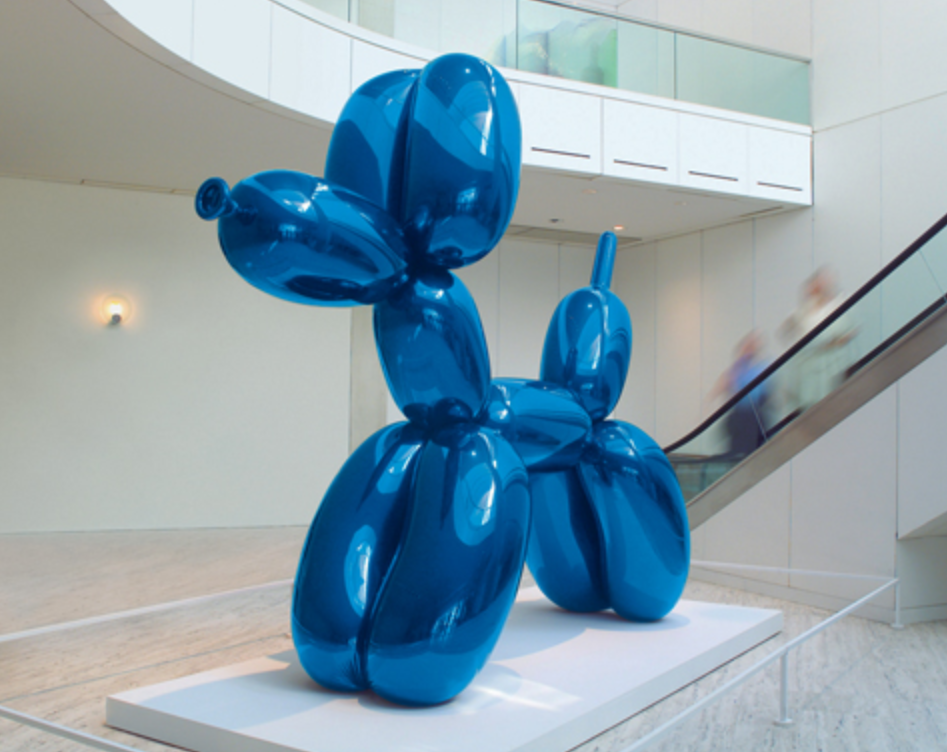
“Balloon Dog” by Jeff Koons [4]
(Mirror-polished stainless steel with transparent color coating)
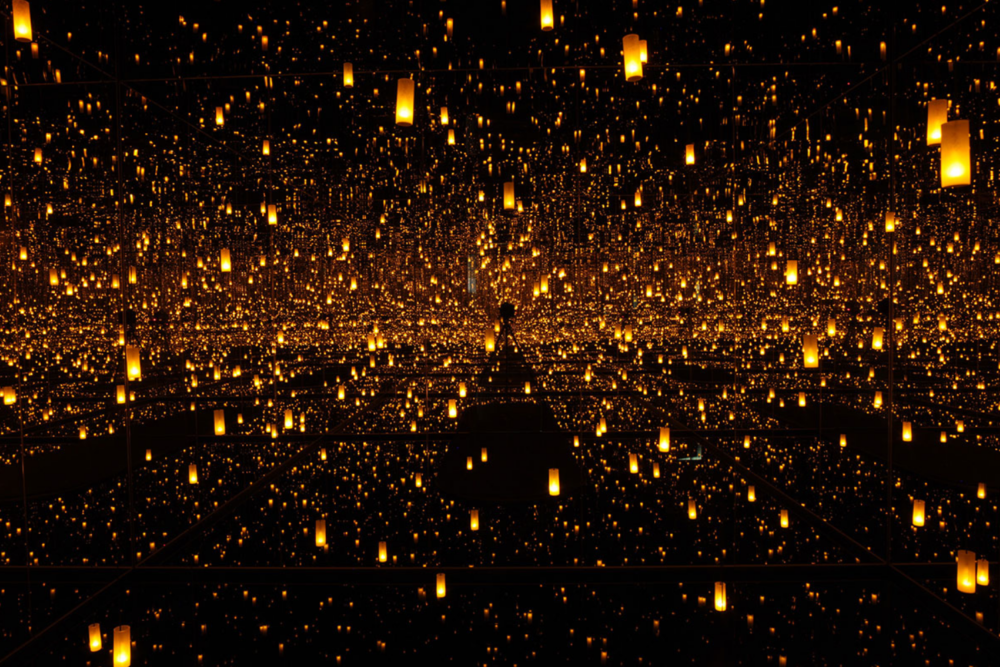
“Infinity Mirror Rooms” by Yayoi Kusama [5]
(Uses mirrors for intense Repetition)
Olafur Eliasson is another renowned contemporary artist known for his large-scale installations and includes nature and technologies in his pieces. His art utilized elementals to enhance the views experience. Light, water, temperature, and air often times the main focal points to his pieces. [6]
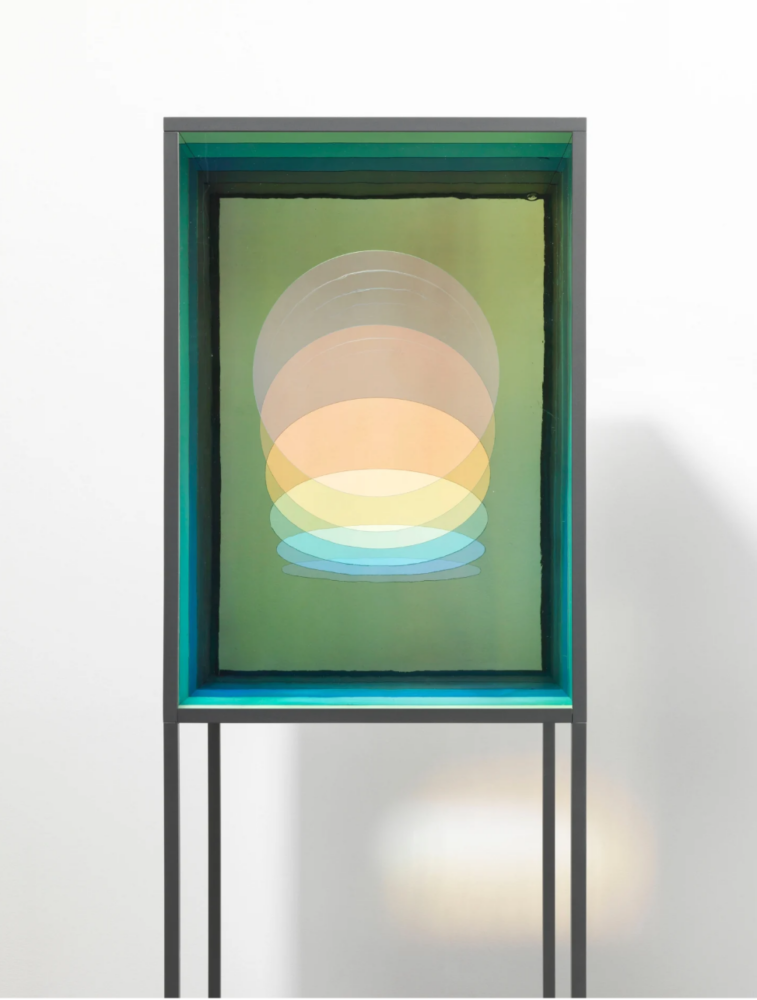
“Your Trust” by Olafur Eliasson [7]
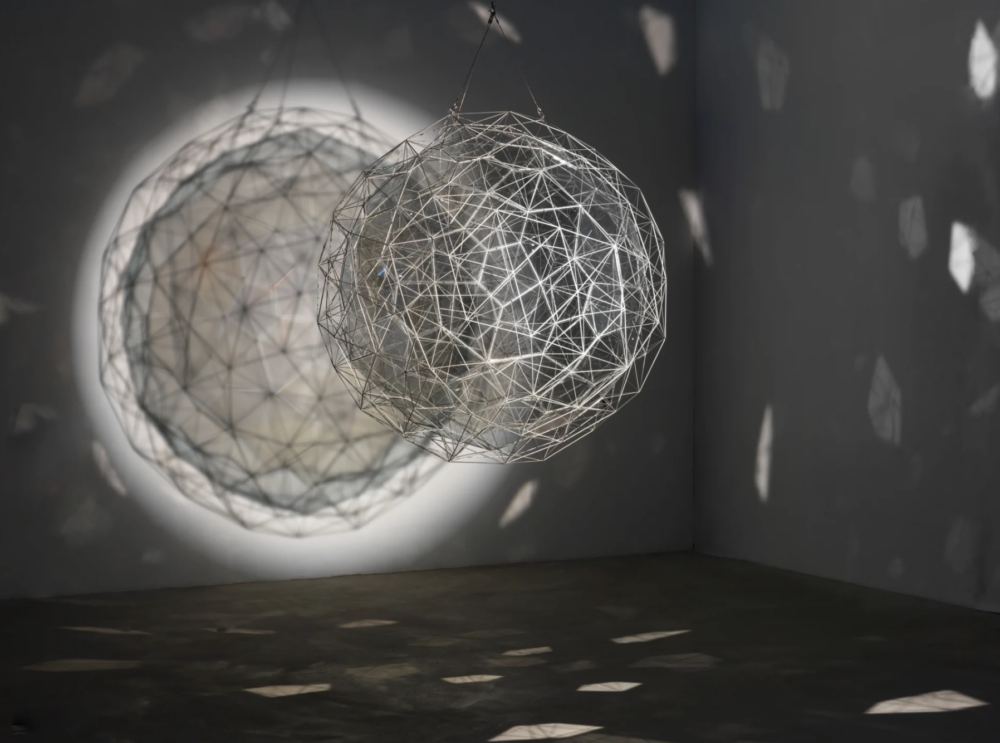
“Stardust Particle” by Olafur Eliasson, 2014 (Photo taken by Jens Ziehe) [8]
Conclusion
In conclusion, contemporary art brings together and celebrates various expressions in the modern world such as diversity and innovation. It is a realm in which artists can challenge norms and push boundaries by engaging with the times in society. Contemporary art is dynamic and evolves swiftly as a responsive reflection of our changing world. It is a style of art that captures the essence of the current times we live in.
Sources
[1] Ross, Nancy. “Introduction to Contemporary Art (Video).” Khan Academy, www.khanacademy.org/humanities/global-culture/concepts-in-art-1980-to-now/beginners-guide-1980/v/contemporary-art-intro. Accessed 23 Jan. 2024.
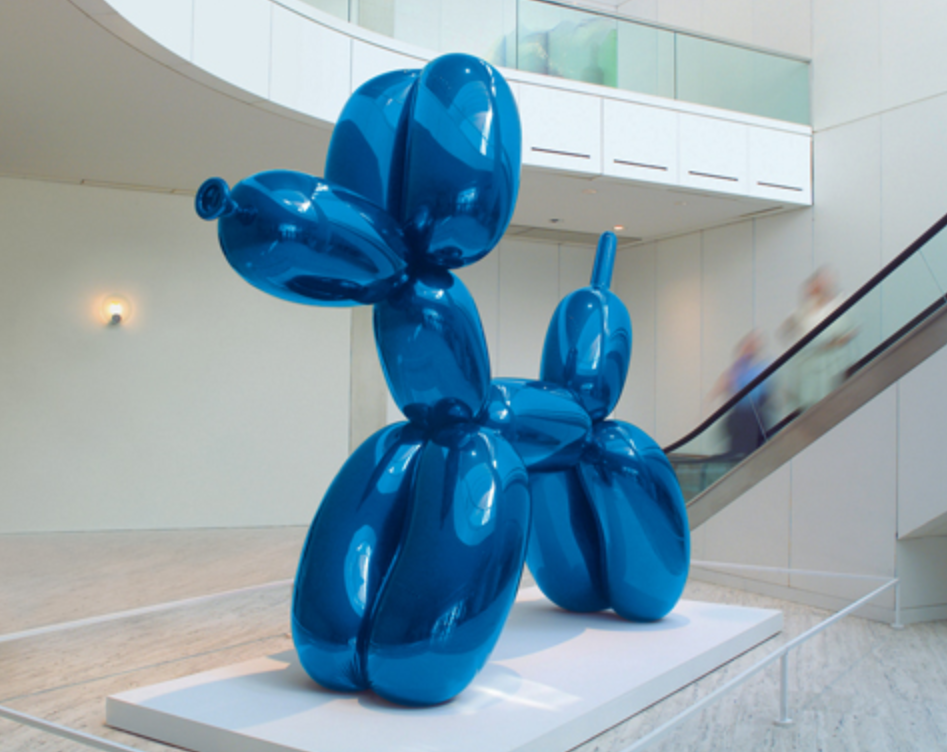
2 Comments. Leave new
Tim, really good post. I appreciate how well organized it is. I think you’ve done a pretty good job approaching what seems to be a pretty vaguely defined aesthetic space: you’re upfront about the difficulties with presenting an objective overview, and I think overall the examples you’ve provided speak for themselves. I would be interested in hearing more about the predecessors of contemporary art that you mention – pop art, hyperrealism, etc. – and what specific visual elements/cues contemporary art might have taken from them. Great work!
Good work Tim! I like the way that you explain what the contemporary aesthetic is, because it has a pretty ambiguous definition in my opinion. I also think you have strong examples and provide excellent context for each of them. Is there a reason you broke the post up into a structured and sectioned style with intro/history/conclusion? One improvement I think you may be able to make is adding another body section after the history section, just to help break things up a little more for the reader. Overall, I think you did a great job and I really enjoyed reading your post!